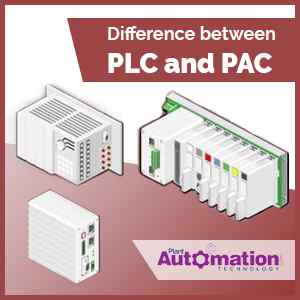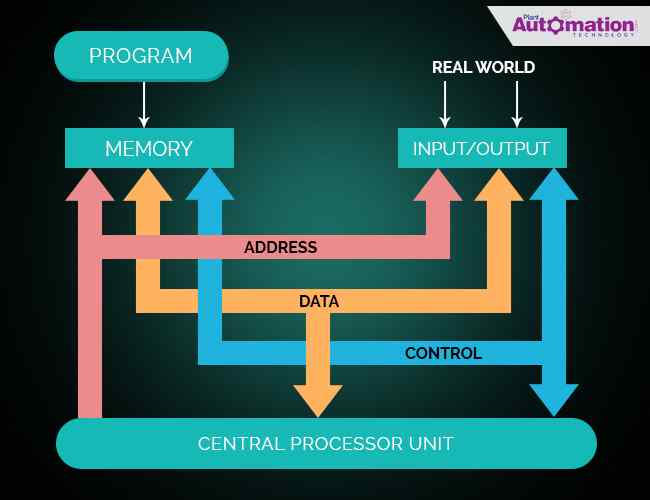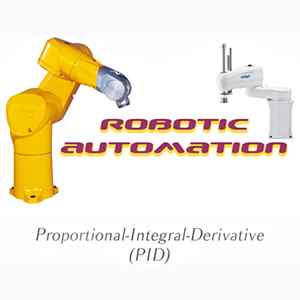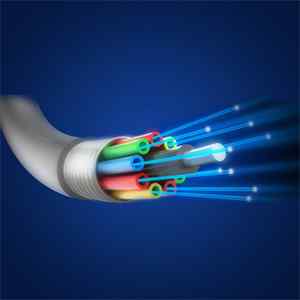Articles
Difference between PLC and PAC

Programmable Logic Controllers (PLCs) and Programmable Automation Controllers (PACs) are the most efficient industrial computer devices developed and designed to assist and make manufacturing operations easier. These controllers are considered to be the brains of the manufacturing process as they efficiently control automation equipment with high reliability. PLCs and PACs are more or less similar to one another as they both are powered by common features and functionality.With the interference of modern technology, the capabilities of these devices have changed. PLC's were invented in the late 1960s whereas PACs are new to the automation industry in controlling machinery coined in 2001. The main distinguish between PLCs and PACs is their programming language.
| Also Read: Top 10 European Manufacturers of Programmable Automation Controllers (PACs) for Industrial Automation |
Let us check out below in what way PAC is different from PLC features, functions and capabilities.
1. Processor Module:
Programmable Logic Controller (PLC) is a single microprocessor device which is used to control manufacturing, infrastructure, transportation and machine/station control automation equipment operation.
Whereas Programmable Automation Controller (PAC) is a multiprocessor device which is built with two or more number of processor like any other personal computers. PACs are equipped with multitasking capabilities to control automation of various pieces of equipment.
2. Architecture:
Programmable Logic Controllers (PLC) was designed to replace the relay-based systems. The engineers used to represent physical reply sans timers with the help of ladder logic diagrams in PLCs for programming the sequence of events and reactions I/O devices.

Figure: Basic PLC Architecture Diagram
And Programmable Automation Controllers (PAC) is designed with user-friendly hardware and software architecture which are easier to operate by IT Programmers.

Figure: PAC Architecture Diagram
3. Usage:
Programmable Logic Controllers (PLC) has built-in networks which enable them to communicate between multiple PLCs, I/Os, HMIs (human-machine interfaces) and SCADA (supervisory-control and data-acquisition) systems.
Programmable Automation Controllers (PAC) is incorporated with modular design open architecture use for communicating, monitoring, and controlling equipment covering multiple networks and devices.
4. Memory:
PLCs comprise high-level program execution speed, but have limited memory and separate I/O device. All the new advanced PLCs are capable of controlling high-speed Input/output, sequence, and Proportional-Integral-Derivative (PID) besides digital and analog I/O.
PACs incorporate simplified program expansion operation and have huge memory size for larger projects and systems. With this feature, addition and elimination of components become easier. In addition to providing tag-based programming, PACs also have the potential in monitoring and controlling plenty of I/O points.
5. Programming:
Programmable Logic Controllers (PLC) uses Ladder Logic Diagram Programming, and
In Programmable Automation Controllers (PAC) programming is done through structured text, function block diagrams, ladder logic diagram and also other programming languages like C or C++ etc.
6. Reliability:
Programmable Logic Controllers (PLC) normally has a fixed memory map and address depending on its programming capability.
Conversely, a Programmable Automation Controllers permits tag naming, giving users a chance to characterize and define the data categories as they program. Thus, providing a greater adaptability feature, particularly while extending the framework.
7. Features:
Although advanced Programmable Logic Controllers comes with good control communication and data handling options comparatively Programmable Automation Controllers are built-in with more features such as Data USB ports, a high-quality LCD screen for better user interface and a web server for seeing system data log files.
8. Communication:
With regards to features and functions of Programmable Logic Controllers (PLC), they are mainly used for smaller automation projects and other simple operations which do not need quick scalability.
In contrast to PLC, Programmable Automation Controllers (PACs) utilize standard protocols and network technologies like Ethernet, OLE for Process Control (OPC) and Structured Query Language (SQL) for multitasking operations.
9. Applications:
Programmable Logic Controllers (PLCs) are the perfect model for simple and high-speed machinery controlling. They are operated in various applications such as automated spray equipment, assembly equipment, dispensing systems and motion control systems to name few.

Figure: Applications of PLC
Programmable Automation Controllers (PACs) are ideal for large-scale automation projects and operations. As the architecture of PAC is enabled with various PC-based software programs, it helps them in handling complex automation system.

Figure: Applications used by PAC
10. Internet of Things (IoT):
In today's world, the advanced technologies have boasted up the performance of both PLC and PAC to extreme-level. These controllers are now connected to the internet for sending and receiving data. IoT (Internet of Things) devices are also being added to the manufacturing process in order to increase the real-time data gathering and sharing process to the interested customers internationally.
Summarized Snippet of PLC Vs PAC








